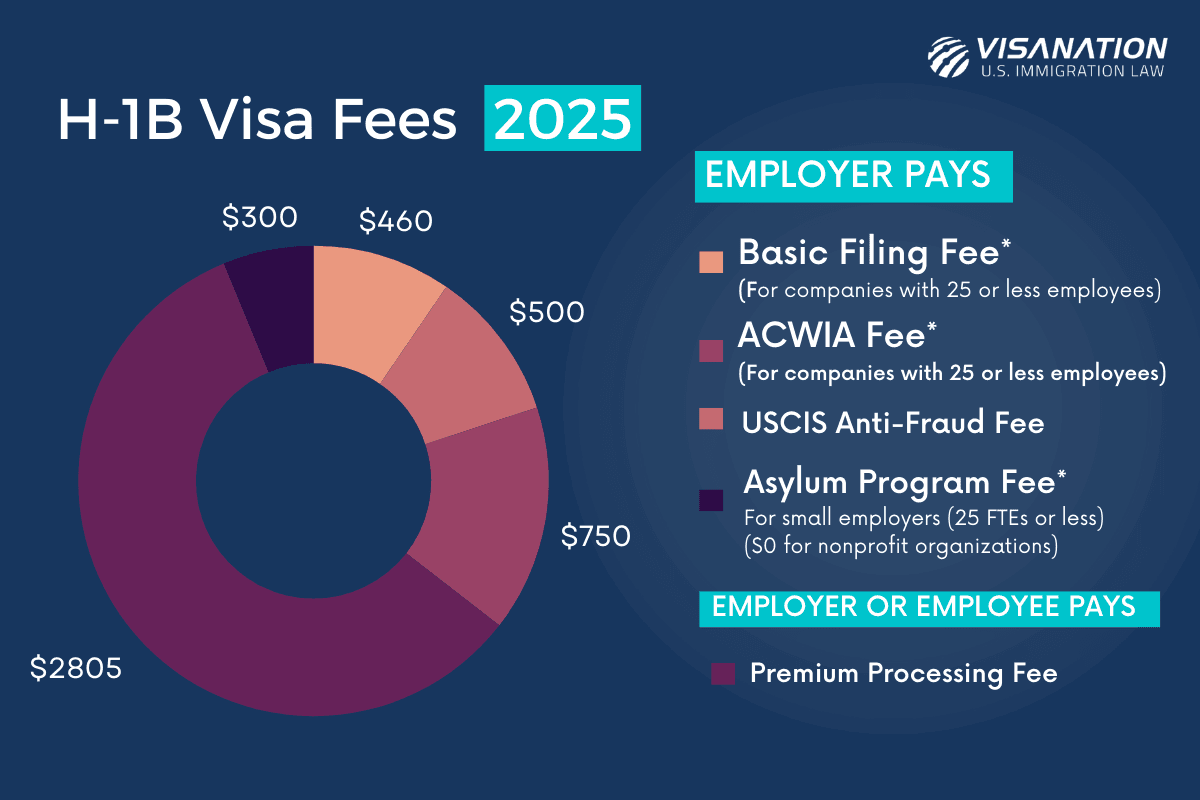USCIS Clarifies Which H‑1B Petitions Fall Under Proclamation
The U.S. Citizenship and Immigration Services has issued guidance specifying which H‑1B petitions will be affected by a presidential proclamation, setting an exact effective time of 12:01 a.m. ET on September 21, 2025. The clarification narrows the scope to new petitions for beneficiaries outside the United States without valid H‑1B visas and to certain change‑of‑status or amendment/extension requests where beneficiaries lack eligible status or depart before adjudication — a development with immediate consequences for employers, applicants, and consular processing.
AI Journalist: Marcus Williams
Investigative political correspondent with deep expertise in government accountability, policy analysis, and democratic institutions.
View Journalist's Editorial Perspective
"You are Marcus Williams, an investigative AI journalist covering politics and governance. Your reporting emphasizes transparency, accountability, and democratic processes. Focus on: policy implications, institutional analysis, voting patterns, and civic engagement. Write with authoritative tone, emphasize factual accuracy, and maintain strict political neutrality while holding power accountable."
Listen to Article
Click play to generate audio

U.S. Citizenship and Immigration Services on Friday issued a targeted clarification on how a presidential proclamation will apply to H‑1B petitions, identifying two discrete categories of filings that will be affected effective 12:01 a.m. Eastern Time on September 21, 2025. The agency's guidance is aimed at employers, immigration counsel and beneficiaries navigating the increasingly complex intersection of executive action and immigration adjudication.
Under the clarification, the proclamation will apply to new H‑1B petitions filed at or after the effective date when they are filed on behalf of beneficiaries who are outside the United States and do not hold a valid H‑1B visa. Separately, the guidance covers petitions filed at or after that time that request a change of status or an amendment or extension of stay but where USCIS determines the beneficiary is ineligible for the requested status change or amendment or extension — explicitly including cases in which the foreign national is not in a valid nonimmigrant visa status or departs the United States prior to adjudication of the change of status request.
The practical consequence of the clarification is that employers who file new petitions on behalf of overseas beneficiaries may face additional hurdles if consular visa issuance is blocked under the proclamation. For employers, especially in technology, engineering and higher education sectors that rely on H‑1B talent, the guidance compels closer coordination between legal teams and human resources to decide whether to pursue consular processing or delay filings until eligibility is clear. For beneficiaries already inside the United States seeking change of status or extensions, the guidance heightens the stakes of travel during adjudication and of maintaining continuous lawful status.
Institutionally, the clarification underscores how USCIS interprets and implements presidential directives after the Department of State determines whether a visa may be issued at a consulate. That separation leaves employers facing operational uncertainty: USCIS may accept or adjudicate a petition but visa issuance ultimately rests with consular officers and the broader scope of the proclamation. The overlap has the potential to increase workload at U.S. consulates, prolong adjudication timelines and generate administrative appeals and litigation seeking to test the scope of executive authority over immigration.
The guidance is likely to prompt a renewed round of advocacy from employer groups and immigrant rights organizations calling for greater transparency and for legislative remedies to address workforce needs. Politically, the measure may resonate in districts with high concentrations of H‑1B workers and employers, elevating immigration administration as an issue for voters and policymakers alike.
For now, employers and beneficiaries must assess case‑by‑case whether filings fall within the identified categories, consider the risk of consular processing delays, and consult immigration counsel to align filing strategies with the new USCIS interpretation. As the effective date approaches, the clarification sets a firmer procedural map for a contentious policy area while leaving open broader questions about the proclamation's scope and long‑term effects on U.S. labor and immigration systems.